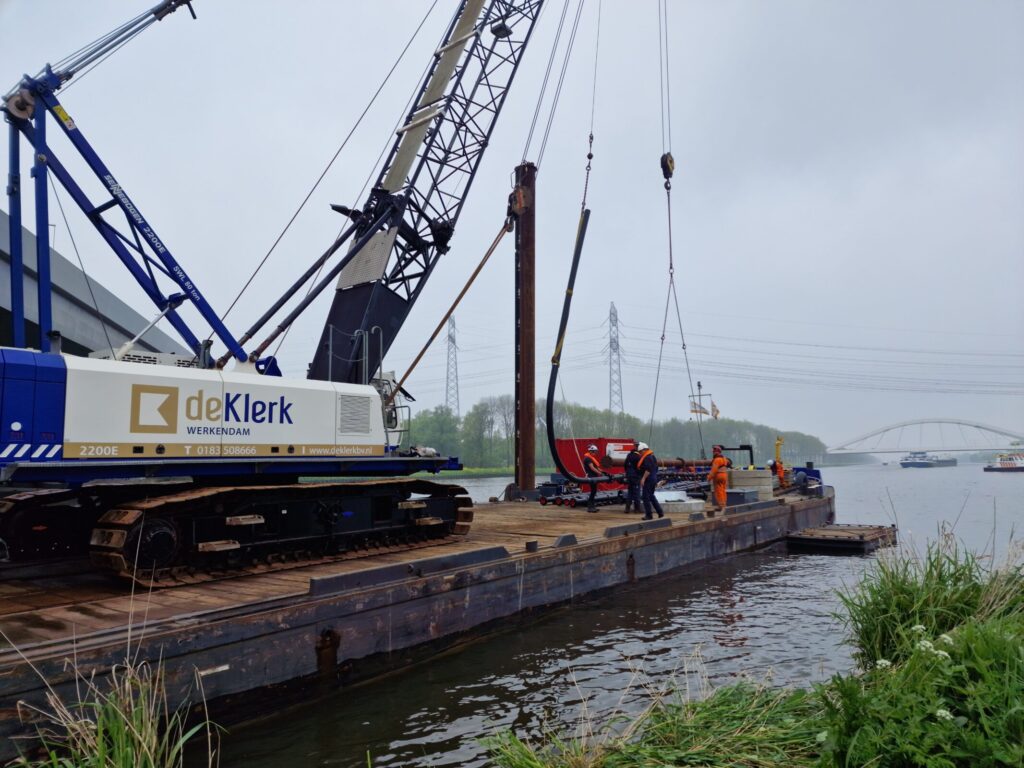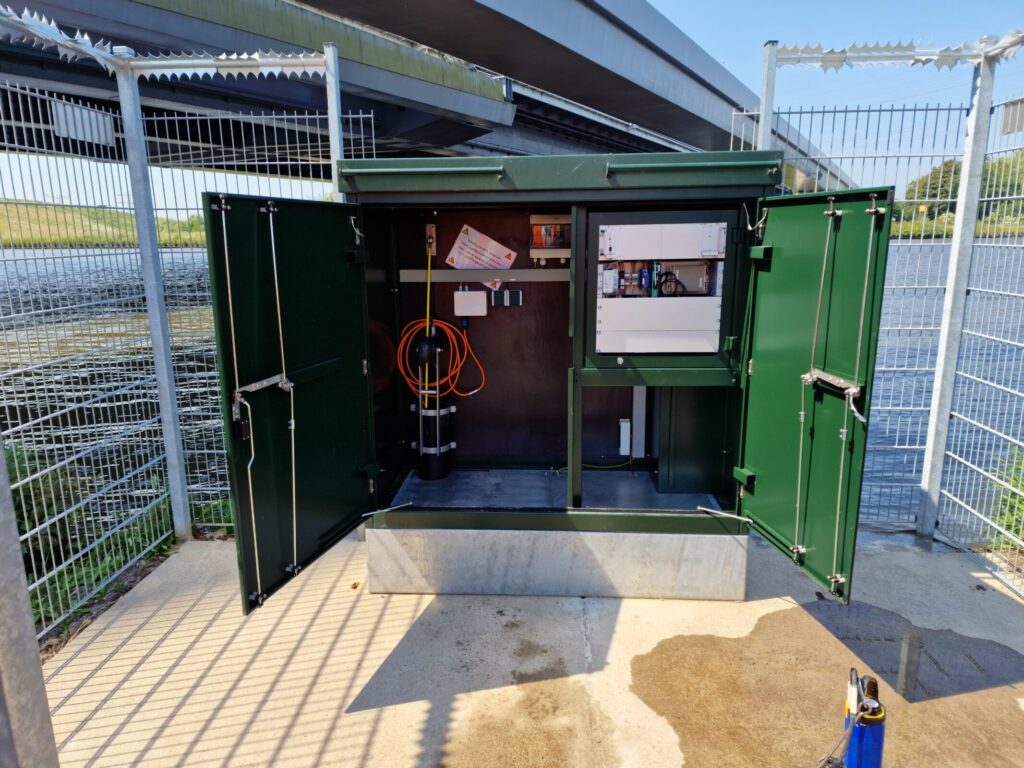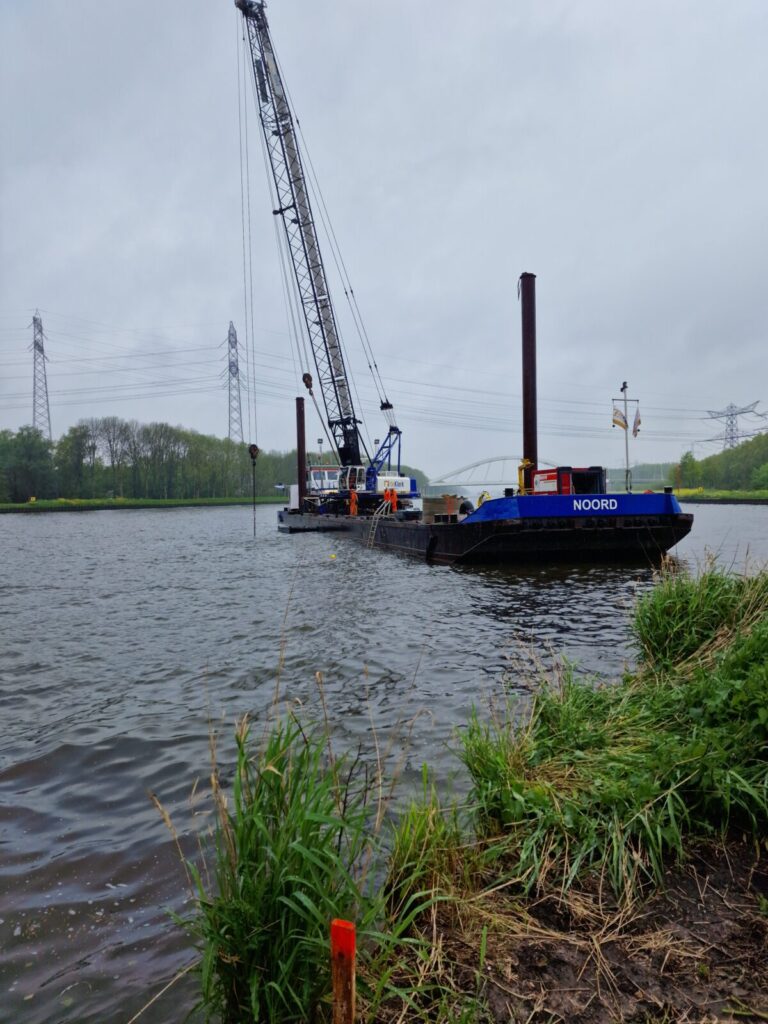Within the National Water Monitoring Netwerk contract with Rijkswaterstaat, Marine Systems has built a new G&T location. The project has been carried out together with Lomans Capelle B.V. and de Klerk Werkendam.
The construction of a new sea lock in IJmuiden has resulted in a salinity which is twice as much as it was before the new sea lock was there. The salinity enters the North Sea Canal when ships lock through the sea lock. This could lead to challenges and problems in the future for, among others, water managers. For this reason, Rijkswaterstaat wants to determine the new salinity by means of a new measurement so that the salinity can be controlled in the future.
Determining the (new) salinity is important because Waternet takes in water from the Amsterdam-Rijnkanaal due to water level maintenance, irrigation and dehydration and there is an intake point upstream for the preparation of drinking water. A new measurement location had to be used to determine whether and what consequences a higher salt level might have.

Innovation
In relation to the same purposes, measurements are also carried out at other locations in the Netherlands. At similar locations there is a frame on the bottom of the channel on which the sensors are installed. For maintenance purpose, the frame must be lifted once in a while to maintain the sensors. In order to execute the maintenance, both a work vessel and shipping escort are necessary. This entails both capacity and costs.
Therefore, the combination of Marine Systems, Lomans and BrandSafway was asked to develop a solution to design and realize a measuring location that provides Rijkswaterstaat with the necessary data and which is accessible at all times.
After an extensive test phase, Marine Systems has realized a design in which a curved pipe construction is placed on the bottom of the channel. The pipe construction containers the sensor that collects the data at the desired location.

Result
Within the design user-friendliness, safety and possible vandalism are taken into account. In Besides the fact that the sensor can now be maintained 24/7, which significantly improves data continuity and reliability, this results in significant cost savings for Rijkswaterstaat.
In collaboration with Lomans Capelle and de Klerk Werkendam, Marine Systems carried out the entire project from engineering to realization (and maintenance). Due to the satisfaction of Rijkswaterstaat, The curved pipe construction was implemented at several (already existing/non-existing) measuring locations.

